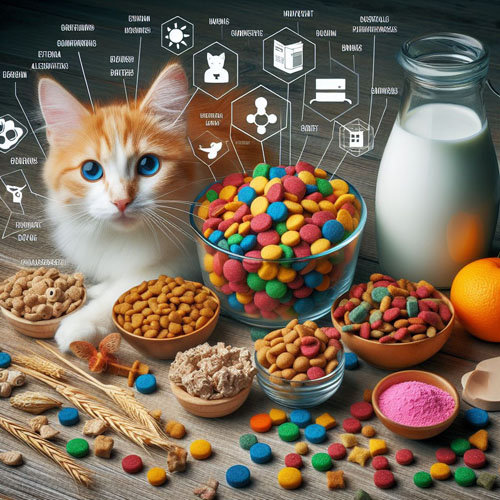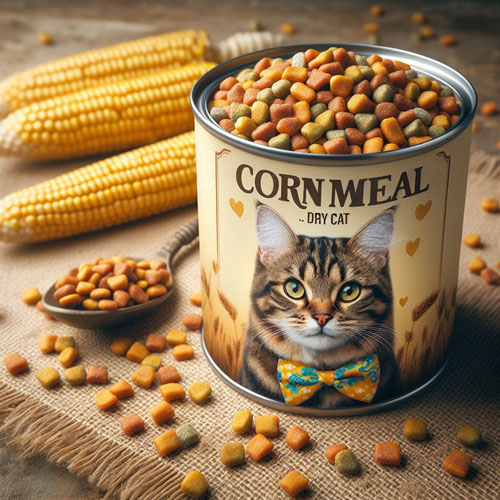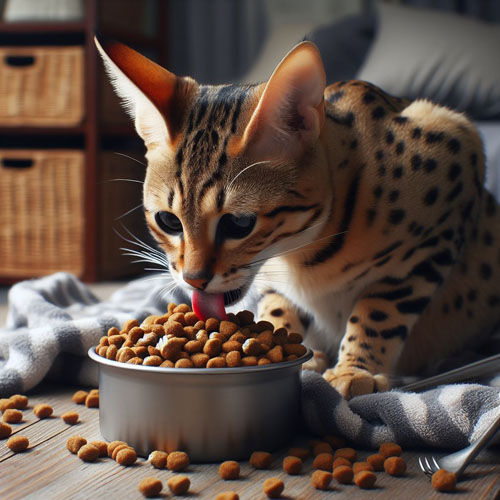Cat Food: Nourishing Our Feline Friends
You are what you eat. So are your cats.
Introduction:
As responsible pet owners, we strive to provide our feline companions with the best care possible. One crucial aspect of their well-being is their nutrition. Just like us humans, cats require a balanced diet to ensure optimal health and longevity. In this article, we will delve into the world of cat food, exploring its importance, types, and guidelines for selecting the ideal nourishment for our furry friends.
The Importance of Quality Cat Food:
“You are what you eat.” This timeless adage applies not only to humans but to our beloved cats as well. A quality diet plays a pivotal role in their overall health and happiness. Proper nutrition is essential for maintaining a robust immune system, glossy fur, strong bones, and sharp cognitive function. Furthermore, a well-balanced cat food regimen can prevent or manage various health conditions, including obesity, urinary tract issues, and digestive disorders. Providing our cats with high-quality, nutrient-rich food is a fundamental responsibility of every pet owner.
Types of Cat Food:
Cat food comes in a variety of forms, each tailored to meet specific dietary needs. Let’s explore the most common types available in the market:
- Dry Cat Food:
Also known as kibble, dry cat food is the most popular option due to its convenience and affordability. This type of cat food has a longer shelf life and is easier to store compared to wet or raw alternatives. Dry cat food is often formulated to enhance dental health, as it helps scrape away plaque and tartar from a cat’s teeth. However, it is essential to ensure that the kibble contains high-quality ingredients and does not skimp on essential nutrients. - Wet Cat Food:
Wet cat food, available in cans or pouches, offers a higher moisture content than dry food. This can be beneficial for cats who struggle to stay hydrated or have urinary tract issues. Wet cat food is often more palatable, making it an ideal choice for picky eaters or cats with dental problems. It is crucial to check the ingredient list and choose a variety that is nutritionally balanced and free from artificial additives or fillers. - Raw Food Diet:
Some pet owners opt for a raw food diet, which consists of uncooked meats, organs, and bones. Proponents of raw feeding argue that it replicates a cat’s ancestral diet, providing the most natural and biologically appropriate nutrition. However, creating a balanced raw food diet can be challenging, requiring meticulous meal planning and a deep understanding of feline nutritional needs. Consulting a veterinarian is highly recommended before embracing this feeding method.
Guidelines for Selecting Cat Food:
When selecting cat food, it’s important to consider several factors to ensure we meet our cat’s individual needs. Here are some essential guidelines:
- Read the Labels:
Always read the ingredient list to ensure that the cat food contains high-quality protein sources, such as chicken, turkey, or fish. Avoid products that contain excessive fillers, artificial additives, or potentially harmful preservatives. - Consider Life Stages:
Cats have different nutritional requirements at various stages of their lives. Ensure that the cat food you choose is suitable for your cat’s specific life stage, whether it be kitten, adult, or senior. Formulas designed for specific life stages address the unique needs and challenges faced during each phase of a cat’s life. - Seek Veterinary Advice:
Consulting a veterinarian is paramount when selecting cat food, especially if your cat has specific dietary needs or preexisting health conditions. A veterinarian can provide valuable insights into your cat’s nutritional requirements and recommend appropriate brands or formulations.
Conclusion:
Cats rely on us to provide them with a well-balanced diet that fuels their bodies and minds. By selecting high-quality cat food and following the guidelines mentioned above, we can ensure that our feline friends thrive and enjoy a long and healthy life. Remember, the investment we make in feeding them properly today will have a significant impact on their overall well-being tomorrow.





